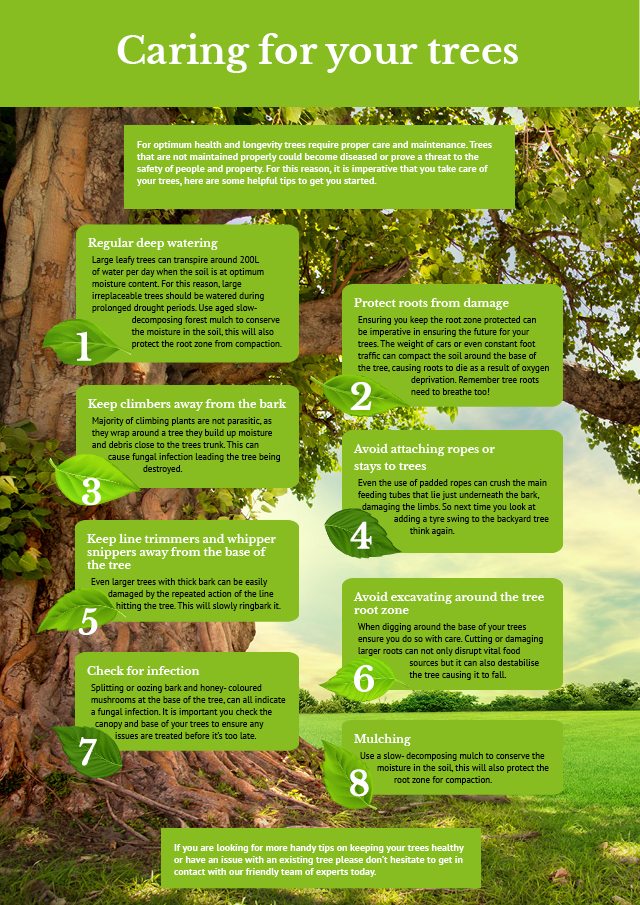Seasonal Tree Trimming: When And How To Prune For Optimal Development
Seasonal Tree Trimming: When And How To Prune For Optimal Development
Blog Article
Post Writer-Carlsson Bennetsen
When it concerns seasonal tree cutting, timing and technique are critical for your trees' wellness and growth. You could be amazed at how much a simple cut can motivate brand-new life. Recognizing when to prune inactive trees versus blooming ones can make all the distinction. Yet it's not practically when; it's also regarding just how you do it. Let's check out the most effective techniques to guarantee your trees prosper.
Recognizing the most effective Seasons for Tree Trimming
When's the best time to trim your trees? The response hinges on recognizing the seasons. Late winter season to early spring is usually perfect, as trees are still inactive. This timing lessens stress and advertises much healthier development when they stir up.
However, if you're handling flowering trees, think about trimming right after their flowers fade. This guarantees you will not remove following year's flowers.
In summer, light trimming can assist keep shape and get rid of any kind of dead or diseased branches. Stay clear of heavy trimming during fall, as trees are getting ready for dormancy and might battle to recover.
Eventually, knowing your tree species and regional climate will direct your cutting schedule. Pick sensibly, and your trees will certainly prosper beautifully year-round.
Essential Trimming Strategies for Healthy And Balanced Trees
Pruning your trees successfully is important for their health and wellness and durability. Begin by using tidy, sharp tools to make precise cuts, which assists prevent damages and condition.
Focus on eliminating dead, harmed, or going across branches first; this urges better air flow and sunlight infiltration. When reducing, go for an angle that advertises healing and reduces the threat of rot. Constantly prune simply outside the branch collar, the swollen area where the branch satisfies the trunk, to improve recuperation.
For young trees, shape them by selectively trimming to establish a strong structure. Finally, prevent over-pruning; removing way too much foliage can stress your tree.
Common Mistakes to Prevent When Pruning
Numerous property owners make important mistakes while trimming their trees, which can result in long-term damages.
One usual error is over-pruning, where you eliminate way too many branches at once. This can emphasize the tree and prevent its growth.
One more mistake is making use of boring devices; sharp, clean tools make cleaner cuts that recover much faster.
Do not forget to trim at the incorrect time of year; wintertime is typically best for many types, while summer is suitable for others.
Also, stay clear of reducing branches as well close to the trunk or leaving stubs, as both can welcome insects and illness.
Finally, stopping working to go back and examine the tree's overall form can lead to uneven development.
Maintain these blunders in mind for much healthier, thriving trees!
Conclusion
To conclude, seasonal tree trimming is important for your trees' health and development. By pruning at the right times-- late wintertime for dormant trees and right after blossoms for blooming selections-- you'll urge dynamic foliage and blooms. Remember to use clean, sharp tools and adhere to correct techniques to prevent damages. Prevent heavy pruning in the autumn and remain clear of usual mistakes. With https://thinkrealty.com/4-budget-friendly-ideas-boost-curb-appeal/ in mind, you'll maintain your trees flourishing all year round!
